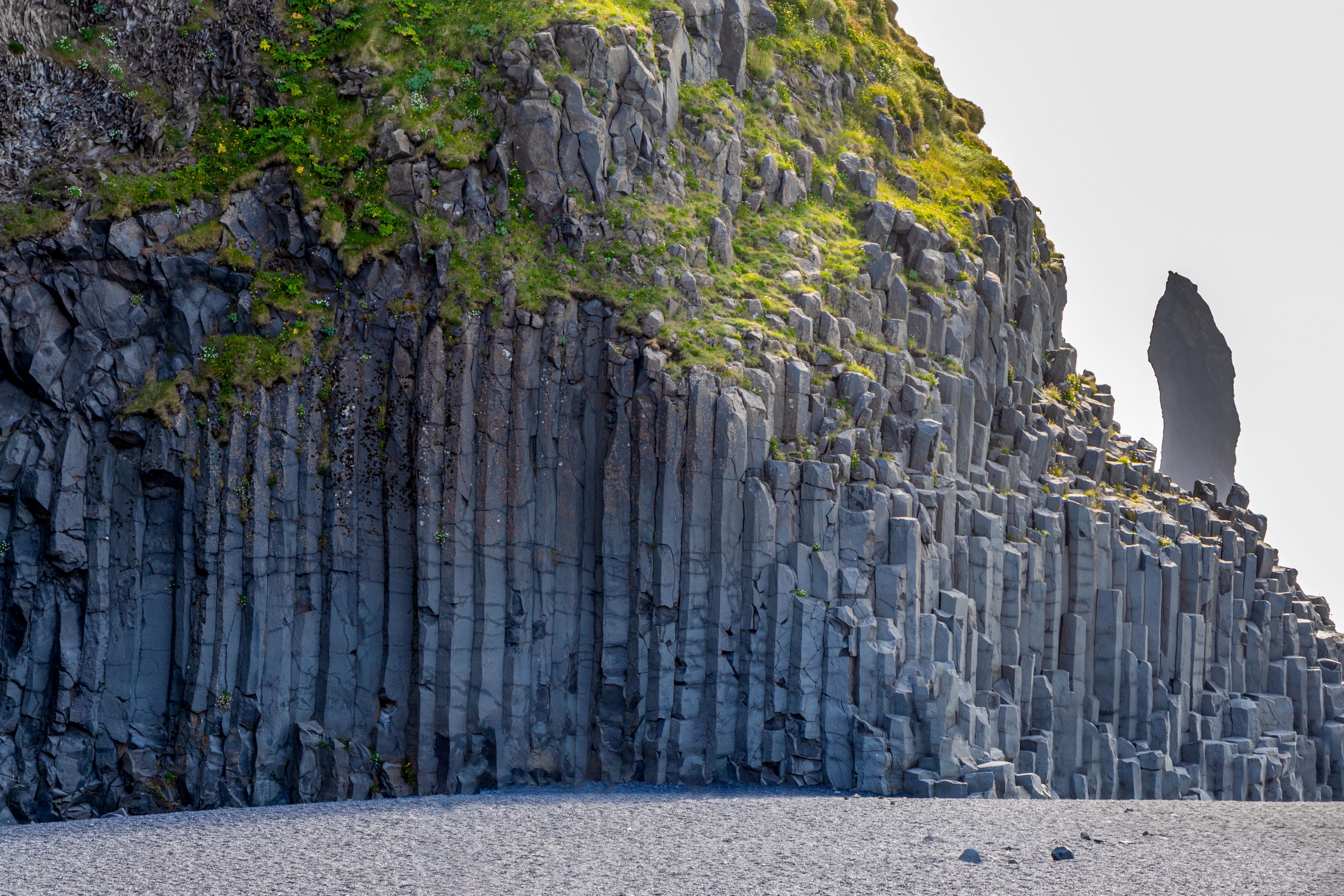Iceland might be home to stunning glaciers, puffling tossing, and horses that’ll write your out-of-office message for you, but, like anywhere, it also has its dangers. Its volcanic activity is a given, but we’re talking about Reynisfjara, a black sand beach with a reputation for having claimed lives.
Found on Iceland’s southern coast, it’s not hard to see why this beach is a tourist attraction – it’s even featured in Game of Thrones.
Like other beaches in the country, it’s a vast stretch of black sand, which owes its color to volcanic eruptions – grains are actually tiny fragments of basalt. That basalt can also be seen stretching up into cliffs composed of vast arrays of near-hexagonal columns stacked closely together.

The basalt columns in all their hexagonal glory.
Image credit: Badaroux Frederic/Shutterstock.com
But there’s another, more nefarious reason why Reynisfjara is so well-known: it’s home to sneaker (also known as sleeper) waves.
It’s an appropriate name – these large waves really can sneak up on you. It isn’t obvious that they’re coming; they’re known for hiding in amongst a train of smaller waves. Then, when they do eventually – and very suddenly – hit, they hit, rising fast and reaching much further up the beach than might be expected.
That’s a problem if you happen to be standing close to the shore.
“When an ocean wave grabs you, you are knocked off your feet and it is very tough to stand up and find balance again. One of the reasons for that is that the wave creates a suction that drags you out and washes the sand and gravel from under your feet,” Visit Iceland explains.
“Once you are in the water, the currents will pull you away from the coast and nothing can be done to save you.” It’s the reason why they call it one of Iceland’s most dangerous destinations.
They’re not kidding either. Between 2014 and 2022, the beach saw emergency services receive callouts to 12 serious incidents and in five of those cases, the person involved died.
As a result of the dangerous conditions, Reynisfjara has multiple warning signs for visitors and operates a zone system. Whether or not you should go into a particular zone is determined by a traffic light-like series of lights that indicate the level of danger; green means you’re good to go, yellow means “do not enter this zone”, and red means you shouldn’t enter, nor go any further than the light sign.
Of course, people have been known to ignore the warnings. Back in 2023, a group of tourists went viral after being caught on film standing too close to the shore and nearly getting swept away as a consequence.
For anyone who’d like to visit Reynisfjara and not end up TikTok famous for all the wrong reasons, it’s advised to both stay well away from the water and never turn your back it. As Visit Iceland quite rightly says: “That selfie isn’t worth dying for.”
Source Link: This Black Sand Beach Is One Of Iceland's Most Dangerous Destinations